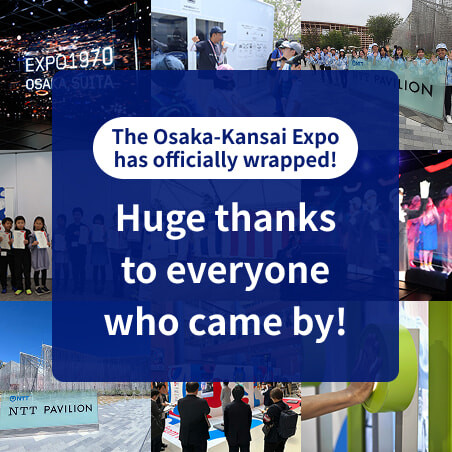Microsoft ends support for Internet Explorer on June 16, 2022.
We recommend using one of the browsers listed below.
- Microsoft Edge(Latest version)
- Mozilla Firefox(Latest version)
- Google Chrome(Latest version)
- Apple Safari(Latest version)
Please contact your browser provider for download and installation instructions.


NTT Group Environmental Activities
Details of NTT Group's environmental activities.
News
RSS

-
April 2, 2021
[NTT Group Energy Efficiency Guidelines] was updated
-
February 16, 2021
[Environmental management] was updated
-
February 16, 2021
[Environmental data] was updated
-

Environmental management
Introduce basic information on NTT Group's environmental management.
-

Environmental data
The NTT Group works as one to reduce our environmental footprint, reinforcing our systems for environmental conservation.
-

Environmental protection activities
Information about "Realizing a Low Carbon Future" "Implementing Closed Loop Recycling" "Planning a Future of Natural Harmony" .
-

Link
View the link list of NTT Group Environmental Protection Activities.
NTT Group's Environmental Initiatives
NTT STORY
WEB media that thinks about the future with NTT










